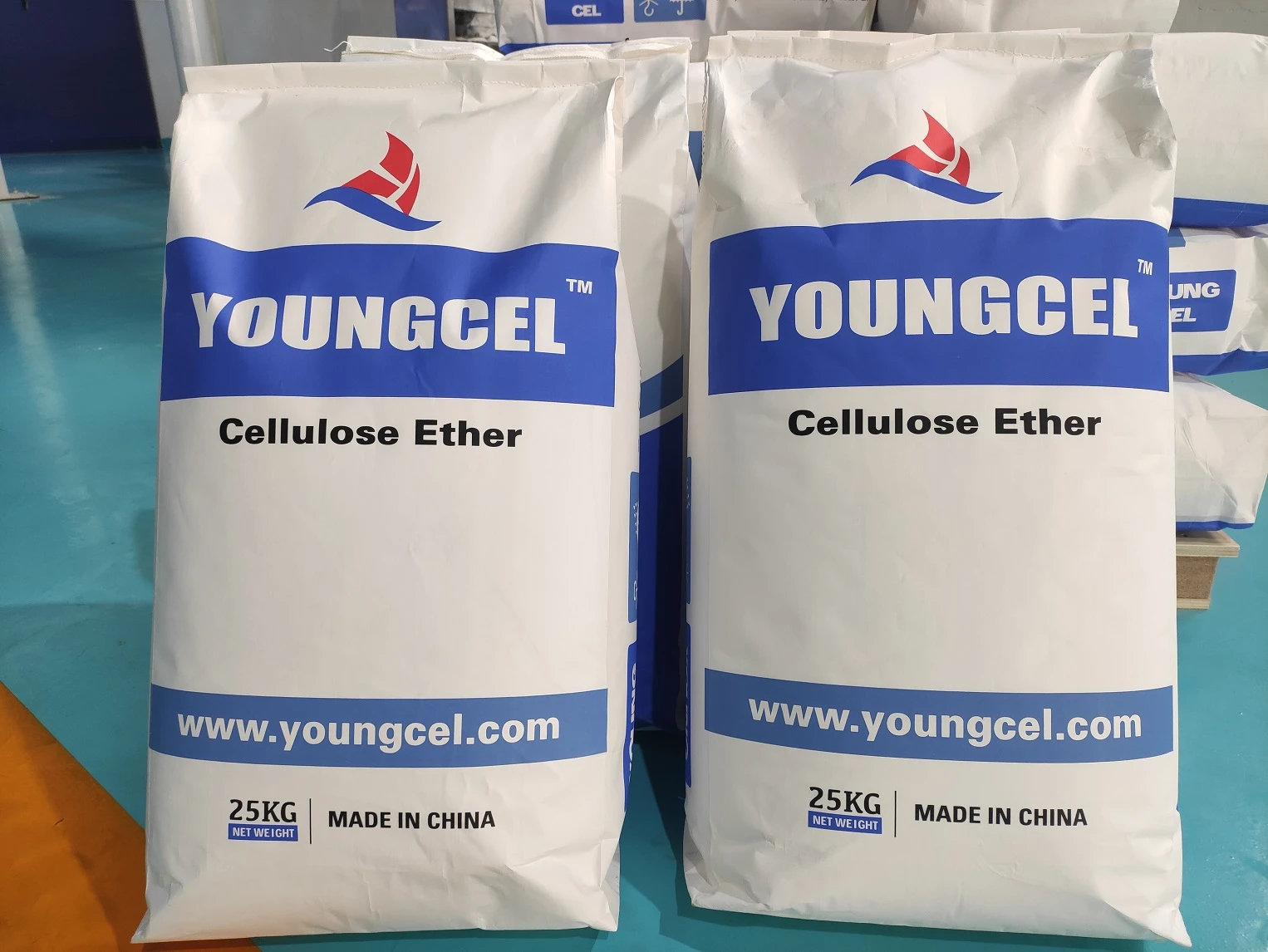The Role of Additives in Cement Mortar Enhancing Performance and Durability
Cement mortar is a fundamental construction material, primarily composed of cement, sand, and water. It serves as a binding agent for masonry units such as bricks and blocks, plays a crucial role in various structural applications, and is widely used in residential and commercial buildings. However, the basic formulation of cement mortar may not always satisfy the diverse requirements of modern construction demands. This is where additives come into play. The incorporation of additives can significantly enhance the performance, durability, and workability of cement mortar.
Types of Additives and Their Functions
Additives, also known as admixtures, are substances added to the cement mortar mixture to alter its properties and improve its performance. They can be classified into several categories, each serving specific functions.
1. Plasticizers Often referred to as water-reducing agents, plasticizers are used to improve the workability of cement mortar without increasing the water content. This allows for a more fluid mix that is easier to apply while maintaining strength and durability. In addition, plasticizers can help reduce water-cement ratio, leading to denser and more durable mortar.
2. Retarders In hot weather conditions, mortar can set too quickly, making it difficult to work with and potentially leading to weak bonds. Retarders are additives that slow down the setting time of the mortar, providing masons with a longer period to work before the mixture begins to harden. This is particularly useful in large-scale projects or during high-temperature days.
3. Accelerators On the contrary, accelerators are used when rapid setting is desired. They are especially beneficial in cold weather environments where traditional cement mortars might take an extended time to set and gain strength. By speeding up the setting process, accelerators help to ensure that construction projects stay on schedule.
4. Air-Entraining Agents These additives introduce microscopic air bubbles into the mortar, which improves its resistance to freeze-thaw cycles. In regions with harsh winter conditions, air-entraining agents help to prevent cracking and spalling, thus enhancing the longevity of masonry structures.
cement mortar additive

5. Fibers Incorporating synthetic or natural fibers into cement mortar can improve its tensile strength and reduce crack formation. Fiber-reinforced mortar is becoming increasingly popular for both structural and aesthetic applications, as it enhances the overall durability of the material.
Environmental and Economic Benefits
The use of additives in cement mortar not only enhances performance but also contributes to sustainability. Many modern additives are designed to reduce the carbon footprint of construction materials. For instance, some are based on recycled materials or industrial by-products, which can decrease the demand for virgin raw materials and minimize waste.
Additionally, by improving the strength and durability of mortar, additives can lead to reduced maintenance costs over time. Structures that last longer require fewer repairs, resulting in lower overall lifecycle costs. The use of high-performance mortar can also help in energy efficiency, particularly if it contributes to better insulation properties.
Conclusion
The role of additives in cement mortar cannot be understated. As the construction industry continues to evolve and adapt to new challenges, including climate change, economic pressures, and sustainability goals, the importance of innovative solutions like cement mortar additives becomes increasingly clear. By enhancing the performance, durability, and workability of cement mortar, these materials provide builders with the tools necessary to meet modern construction needs while also ensuring safety, longevity, and efficiency in building practices.
As research and technology continue to advance, we can expect to see even more sophisticated additives that further improve cement mortar properties and help shape the future of construction. Investing in high-quality additives is not merely a choice; it's a strategic decision that can lead to better building outcomes and a more sustainable future in construction.
-
A Comprehensive Guide to Methyl Ethyl Hydroxyethyl Cellulose: Applications and Industry InsightsNewsNov.24,2025
-
Understanding Methyl 2 Hydroxyethyl Cellulose: Uses, Benefits & Industry InsightsNewsNov.24,2025
-
Hydroxyethyl Methyl Cellulose HEMC: Industrial Uses, Benefits & Future TrendsNewsNov.23,2025
-
HEMC Cellulose: Versatile & Sustainable Industrial Polymer | YoungcelNewsNov.23,2025
-
Methyl Hydroxyethyl Cellulose: Versatile Building Block for Industry & SustainabilityNewsNov.23,2025
-
CAS 9032 42 2: Understanding Polyvinyl Alcohol's Impact on Industry & SustainabilityNewsNov.22,2025




